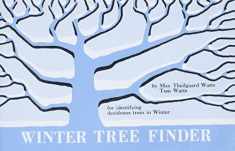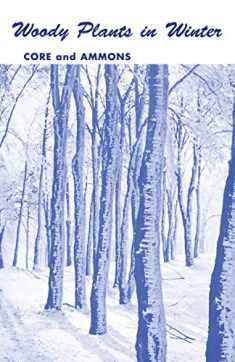
Fruit Key and Twig Key to Trees and Shrubs
Book details
Summary
Description
These handy, accurate, and easily used keys to fruit and twig identification are the only guides of their sort with photographs — over 350 of them, of nearly every twig and fruit described — making them especially valuable to the novice.
The fruit key (dealing with both deciduous trees and evergreens) begins with a concise introduction, explaining simply and lucidly the process of seeding, and identifying the various organs involved: the cones and flowers, and their component parts and variations. Next the various types of fruits are described — drupe, berry, pome, legume, follicle, capsule, achene, samara, nut — and fruiting habits, followed by a synoptic summary of fruit types.
The introduction to the twig key tells in plain language the process of growth and its relation to twig morphology through leaf scars, branch scars, buds, etc. For the benefit of the unwary, poison-ivy, poison-oak and poison-sumac are immediately and fully described.
Identification in both books is easy. There is a pair of alternative descriptions of each aspect of the specimens. Your choice of the fitting one leads you automatically to the next proper pair. At the end of the chain is the name of your specimen and, as a double check, a photograph. More than 120 different fruits and 160 different twigs are distinguished.
This exceptional work, widely used in university courses in botany, biology, forestry, etc., is a valuable tool and instructor to the naturalist, woodsman, or farmer, and to anyone who has wondered about the name of a leafless tree in winter or been intrigued by an interestingly shaped fruit or seed.


We would LOVE it if you could help us and other readers by reviewing the book
Book review





